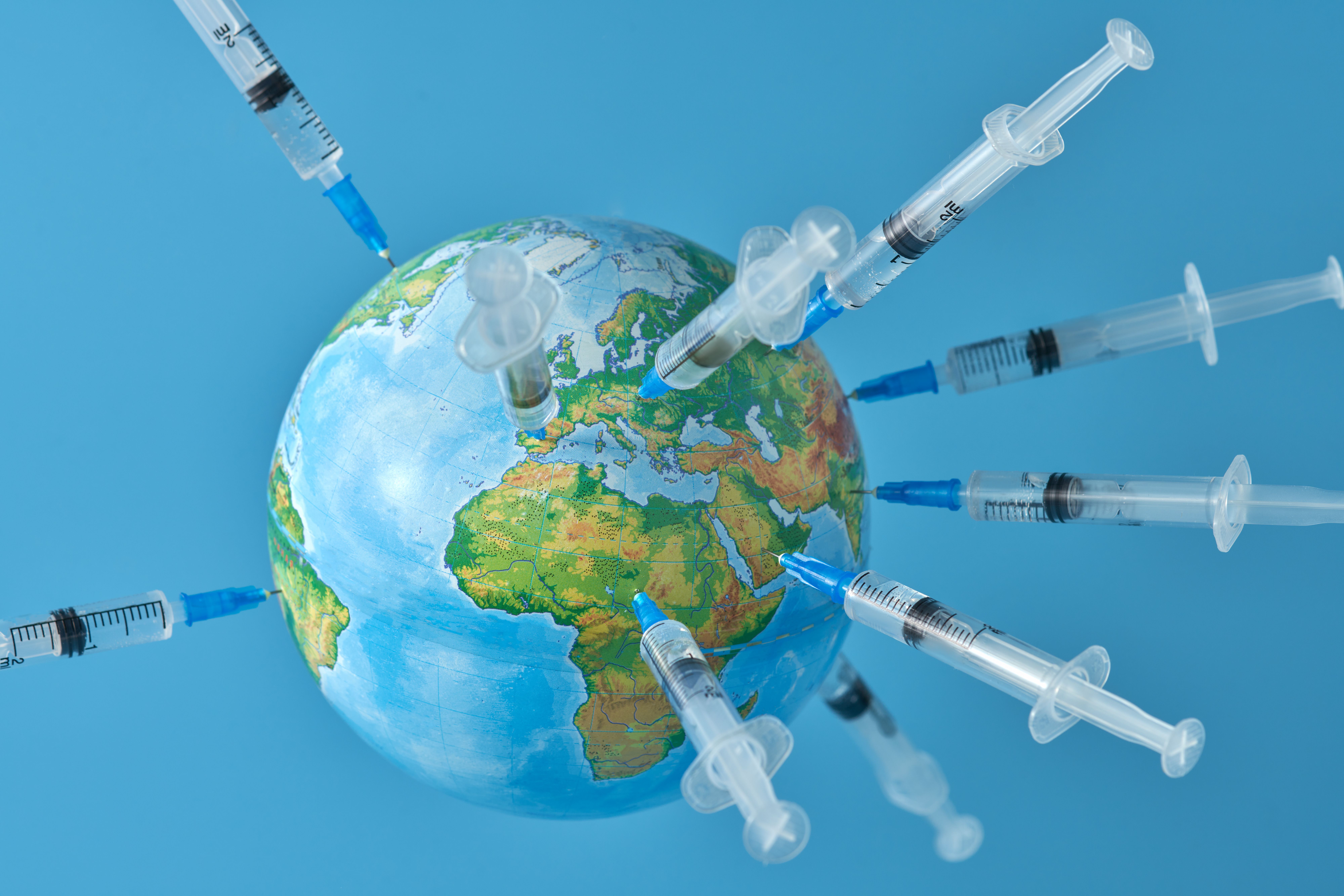Addressing Vaccine Disparities: Urgent Need for Increased Efforts in Global Immunization
This examination of vaccine introductions worldwide reveals significant gaps in access, especially in low-income countries.

The COVID-19 pandemic caused worldwide disruption of regular vaccination schedules. Thus, the global Immunization Agenda 2021-2030 (IA2030) aims to ensure equitable access to vaccines and increase their use worldwide.
One of the IA2030 targets is to introduce 500 new and underutilized vaccines in routine immunization schedules of low-income and middle-income countries by 2030. One study, published in the US Centers for Disease Control and Prevention (CDC) Morbidity and Mortality Weekly Report (MMWR), provided an update on the global introduction of new and underutilized vaccines recommended by the World Health Organization (WHO).
The study built upon previous research to provide an updated status of vaccine introductions, focusing on 8 WHO-recommended vaccines and 10 individual vaccine antigens. The report includes both vaccines administered during infancy and those provided beyond the first year of life.
Data on vaccine introductions were collected from the WHO/UNICEF Immunization database. On behalf of the CDC, the investigators examined the status of introductions for 8 recommended vaccines in 194 countries, analyzing the number of introductions from 2016–2021. The results were compared to the average number of introductions during 2010–2015, and the findings were further analyzed based on country income categories.
By the end of 2021, the coverage of universal HepB-BD, RV, PCV, and RCV in national immunization schedules was 57%, 60%, 78%, and 89%, respectively, among 194 countries. HepB-BD was included in the routine immunization schedules of 12% of countries, primarily in the WHO European Region. The Hib vaccine was included in the schedules of almost all countries except China and Russia. HPV vaccine, DTPCV4, and MCV2, provided after the first year of life, were included in the schedules of 59%, 72%, and 94% of countries, respectively.
Among the 194 countries, only 33 (17%) had introduced all 10 recommended antigens into their routine immunization schedules. This vaccine gap widens when the countries are broken down by world bank income status and WHO region. By 2021, among the 28 countries designated low-income, 20 (71%) had not introduced the HPV vaccine into their routine immunization schedules. Comparatively, 53 (50%) of middle-income countries and 7 (12%) of high-income countries had not included HPV vaccination.
The report highlights variations in vaccine introduction rates, with some vaccines reaching higher coverage than others. The COVID-19 pandemic also impacted the rate of vaccine introductions, causing a decline in 2020 before a slight increase in 2021. “More than two thirds of the 194 WHO member countries have now individually introduced Hib vaccine (99%), MCV2 (94%), RCV (89%), PCV (78%), and DTPCV4 (72%),” the study authors wrote. “In low-income countries, DTPCV4, HepB-BD, and HPV vaccine are the most underutilized vaccines, whereas in high-income countries, RV vaccine is the most underutilized vaccine.”
The findings emphasize the urgent need for increased efforts to improve universal access to all recommended vaccines and achieve the goals of the global Immunization Agenda 2021-2030. Equitable access to vaccines can be lifesaving, whereas a lack of access further exacerbates health disparities.

















